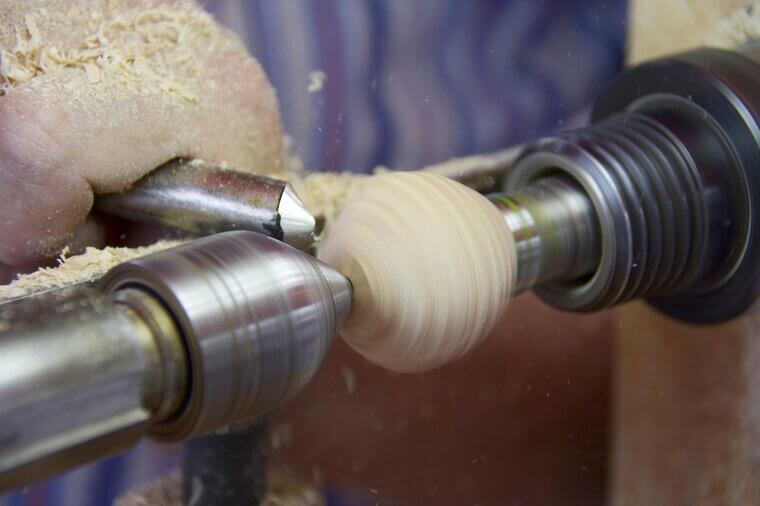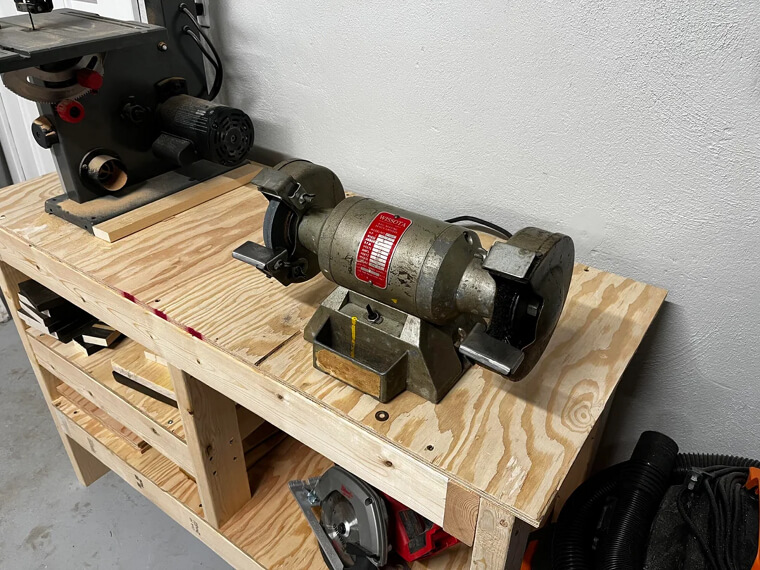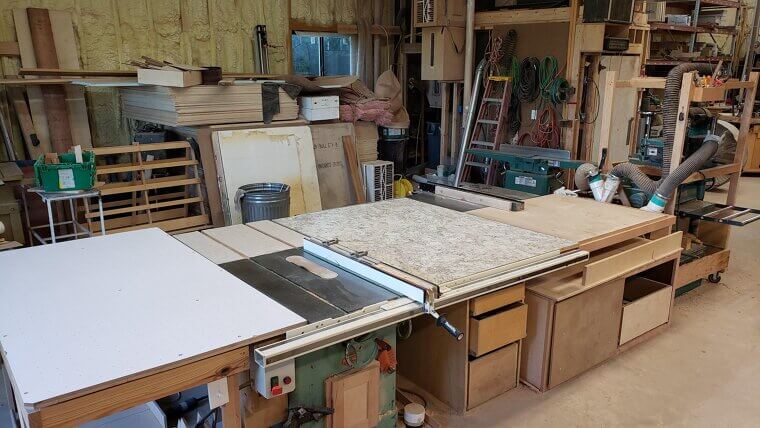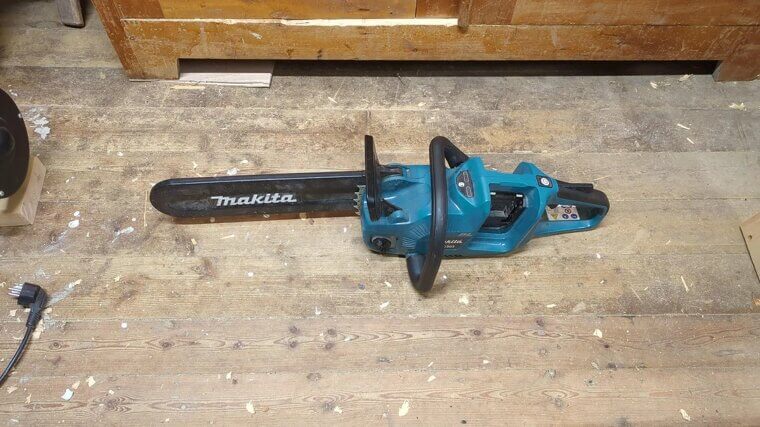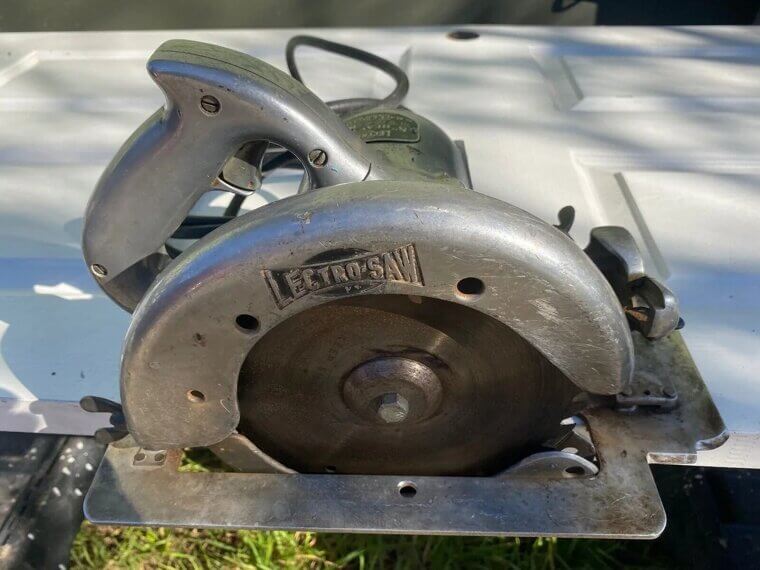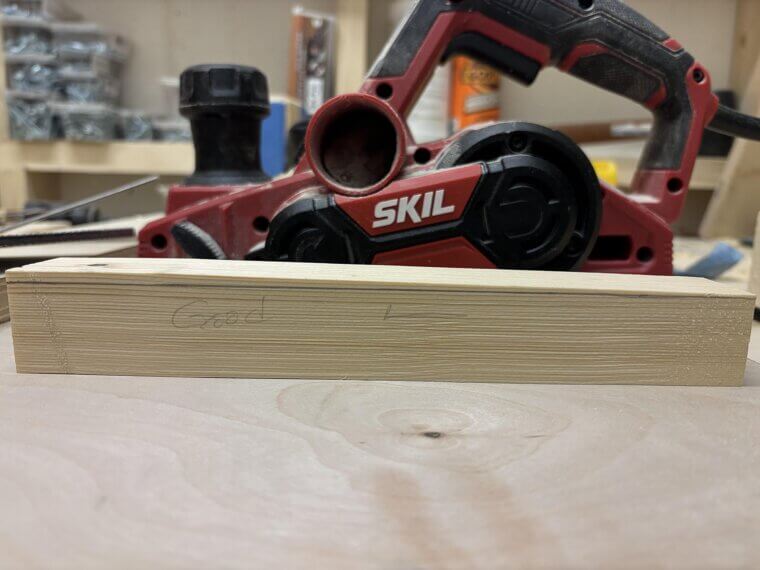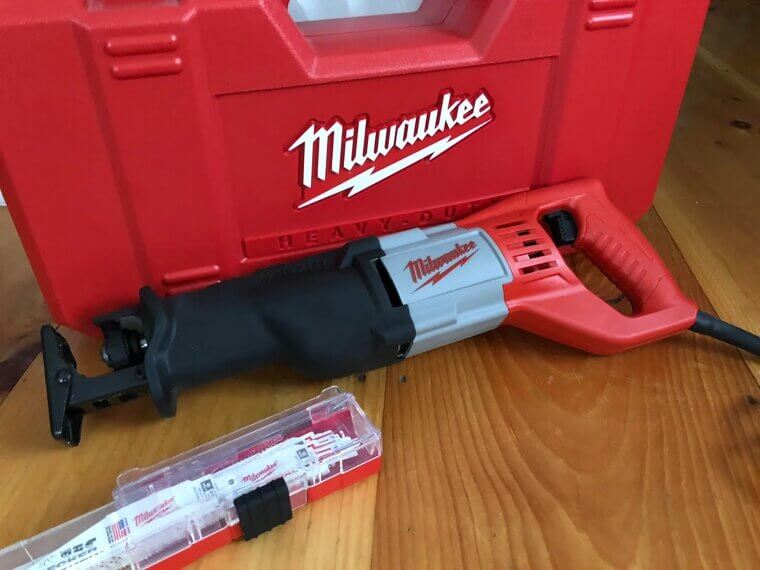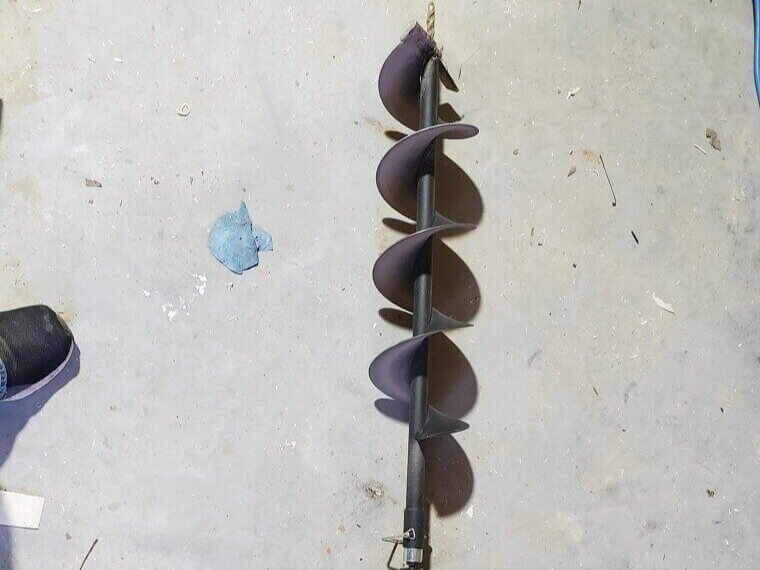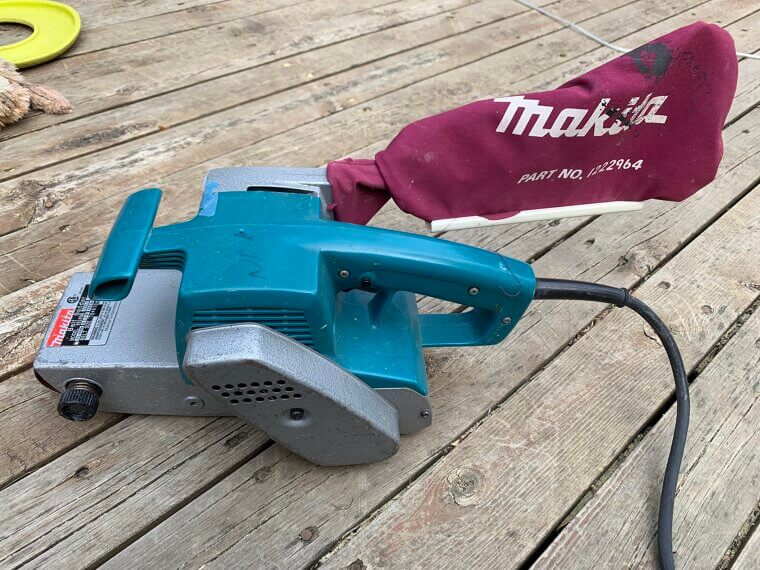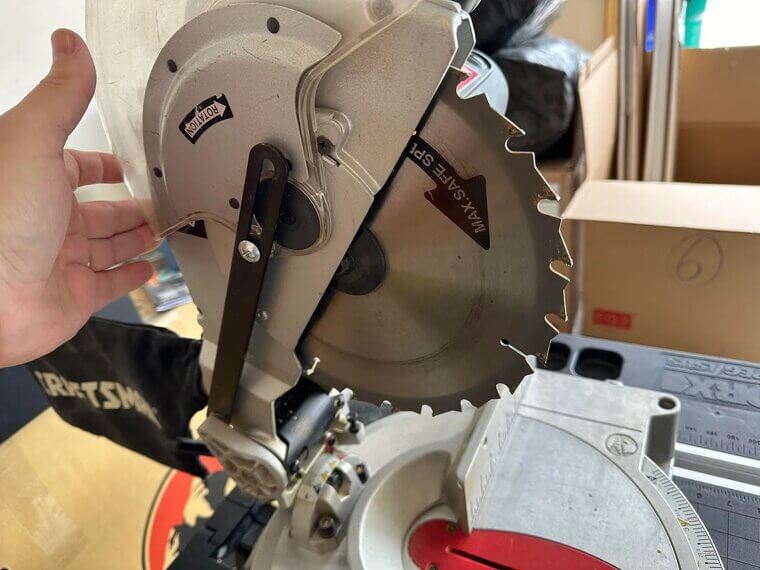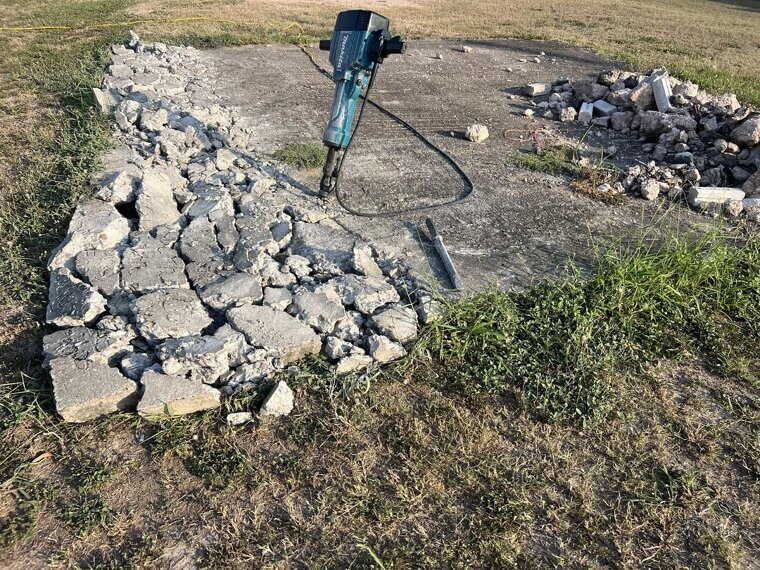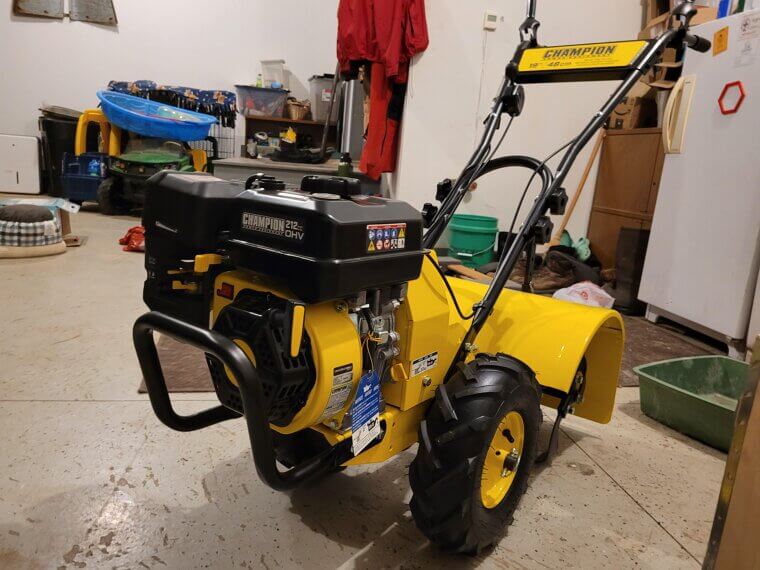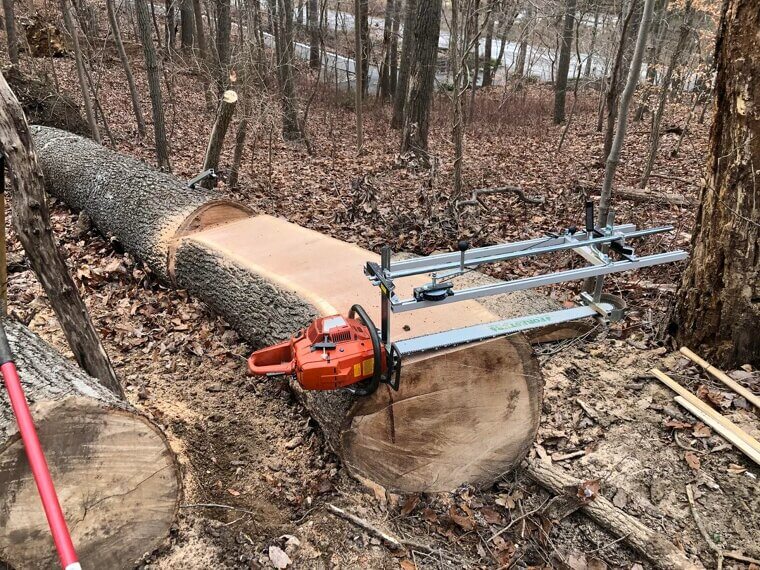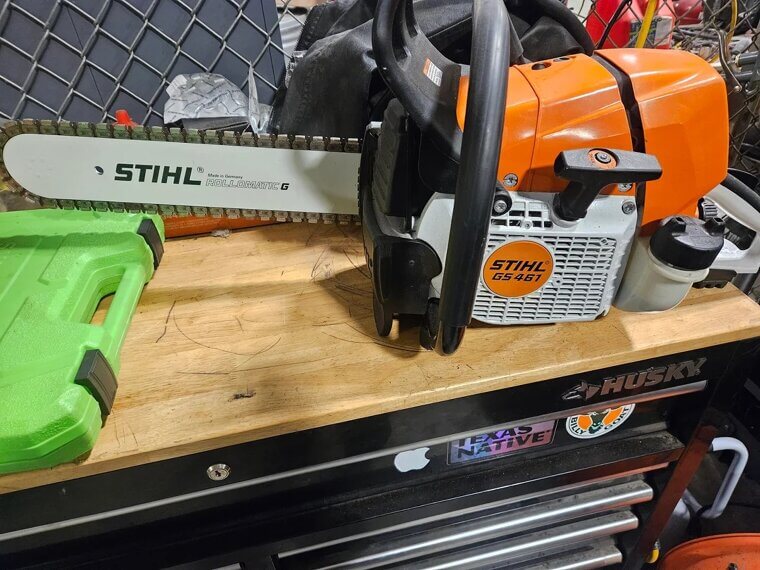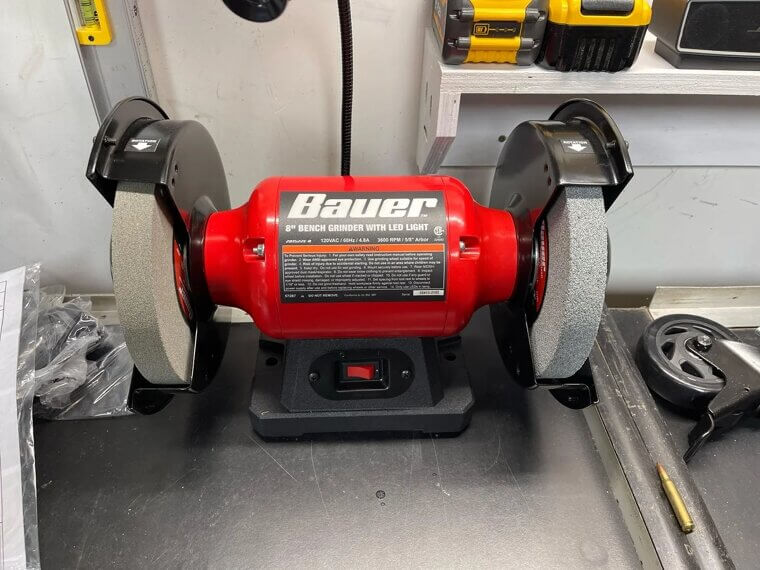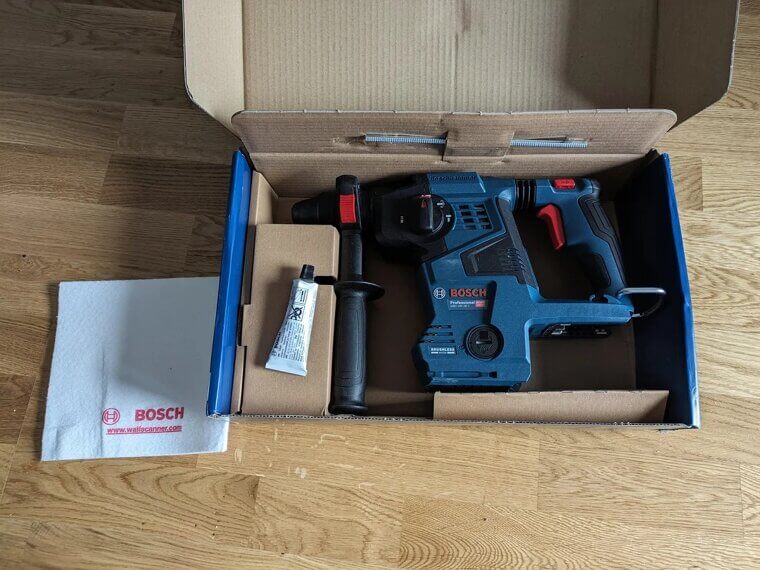Lathe
Woodturning seems relaxing until your project loosens and comes flying toward your face like a wooden frisbee. Making a small mistake while using it could result in splinters, binding, or physical harm. Beginners make the mistake of misjudging tool pressure, and that’s when things get wild.
Power Tools You Should Avoid As An Amateur
Not every tool at the hardware store is great for beginners. Some tools have enough power to turn any weekend DIY project into an ER visit if you're not careful. Do you want to know which power tools to avoid as a beginner? Keep reading!
Table Saw
A table saw seems like the kind of tool every workshop should have, but amateurs should avoid this one. It’s a wood-chomping monster, and one slip could end in a disaster. Kickback alone can launch wood across the room like a missile. Until you’ve mastered safer saws, leave this to the pros.
Chainsaw
Every novice thinks they are in a lumberjack commercial until the chainsaw kicks back. It slices wood and will slice through anything in its way, including legs and fences. Between the noise, vibration, and flying chips, this tool isn’t forgiving.
Circular Saw
The circular saw is portable, strong, and absolutely intimidating for beginners. The combination of kickback, binding, and an exposed fast-spinning blade makes this tool a hazard for any novice.
Nail Gun
A nail gun seems like an innocent enough tool until you realize it can shoot nails out at 1,400 feet per second. Misfires, double fires, and nails bouncing off drywall are common. A hammer may seem old-school, but it won’t leave you pinned to the wall.
Angle Grinder
This is used for cutting, grinding, and polishing metal. It is also very well-known for slipping. Sparks fly, metal shards fly, sometimes even the grinder itself flies. One wrong angle, and it’ll chew through more than just your project.
Power Planer
This shaves wood faster than you can blink, and that’s exactly the problem. Beginners take off too much material, and some even lose their grip. The exposed spinning blade is no joke, and the kickback can jolt you hard. Sandpaper may be slow, but at least it’s safe.
Reciprocating Saw (Sawzall)
This is called a "Sawzall" because it cuts through virtually anything. Beginners often underestimate the violent back-and-forth motion and don’t understand how easy it is to lose control. Start with something gentle before you unleash this demolition monster on your projects.
Power Auger
The power auger is designed for boring large holes into dirt, ice, or wood. Many beginners don't realize how quickly it can throw you off balance or into the ground.
Band Saw
Though this may seem tame compared to a chainsaw, don't be fooled. The band saw's moving blade does not stop for uncertain hands. It can be very precise, but new users typically don't feed the wood correctly, which can cause binding and even accidental touch.
Belt Sander
The Belt Sander seems harmless, but it’s not just some sandpaper on a loop. A belt sander can strip wood and skin in seconds. It can dig into projects, pull things out of your hands, and leave you asking yourself why your table looks like a topographic map.
Miter Saw
The Miter Saw is fantastic for creating clean, angled cuts, but it is not a friendly neighborhood tool. The blade comes barreling down quickly, and if your hands wander too close, you’re in trouble. Kickback and flying offcuts make it even scarier. It's best to stick to hand saws before tackling this beast.
Jackhammer
Every novice thinks it’ll be fun to demolish concrete, but in reality, a jackhammer shakes so much it can rattle your bones. If you decide to lose your grip, it will dance across the pavement like a wild horse.
Tile Saw
A wet tile saw combines spinning diamond blades, water spray, and slippery tiles into one anxiety-ridden package. Beginners often miscalculate cuts and get chips and kickback. Tile cutters with manual scoring wheels are a far safer (and less nerve-wracking) alternative.
Power Drill Press
A drill press may seem like an uncomplicated, oversized drill, but it can pinch, grab, and spin your project out of control in seconds. Amateurs often forget to clamp material, and that causes the wood or metal to fly.
Power Tiller
This garden helper isn’t as innocent as it looks. It can catch rocks, roots, or even shoelaces and wreak havoc in your backyard. With the weight and vibrations, it’s easy for a beginner to lose control.
Chainsaw Mill
This tool is for cutting whole logs into boards. It’s powerful, heavy, and punishes inexperience. Kickback is brutal, and handling that much lumber safely is no small feat. Beginners should buy pre-cut boards instead of risking life and limb with this thing.
Concrete Saw
It's called a 'cut-off saw' for a reason. While it slices nicely through concrete and stone, the dust, sparks, and chunks can go flying everywhere. Add that to a heavy, high-speed blade, and you have a potential disaster.
Bench Grinder
Although a bench grinder seems like a harmless tool sharpener, this spinning wheel can grab and throw metal faster than you can blink. Beginners often forget the safety shields, and sparks fly everywhere. One wrong move, and your screwdriver becomes a projectile.
Rotary Hammer
A rotary hammer smashes concrete, and the force behind it is no joke. Amateurs underestimate the vibration and torque and end up with sore wrists or even a twisted wrist. Unless you plan to moonlight as a demolition crew, you might want to skip this one for now.

